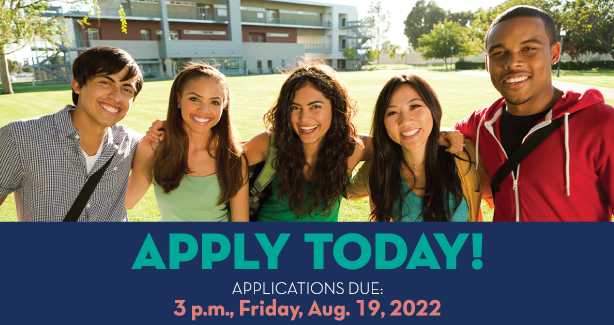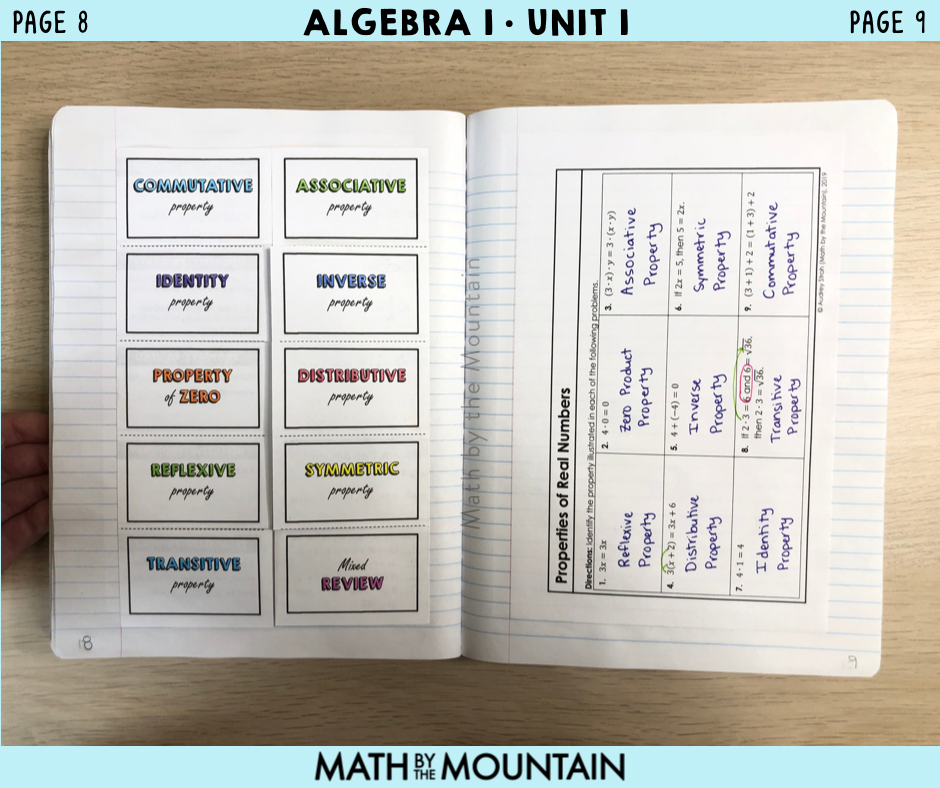
The FAFSA renewal is a great way to apply for financial aid. You can do a few things to make the process as simple as possible. First of all, you'll need a FSAID and password. Once you have your FSA ID and password, you can skip creating your account. Secondly, you will want to make sure that you have the correct answers to the questions that are associated with your FSA ID.
Process of renewing a FAFSA
The process of renewing a FAFSA can begin as early as October 1st. All of the information you have from the previous year is required to get started. For example, you'll need to complete your federal income taxes for 2020. Your renewal form will pre-fill the information. Next, you'll need to fill in your FSA ID as well as other details. Print the Confirmation Page.

Although the process of renewing your FAFSA is quicker than filling it out from scratch, you need to be careful about reviewing the information that you have submitted. Use the IRS data retrieval tool to update your information. Once you have completed this, you can update your information and provide new financial information. Don't forget to include the correct size of your family. Log in with your FSAID and password.
Deadlines
When should my FAFSA be submitted? The federal deadline for the 2022-2023 FAFSA is June 30, and states have their own deadlines. The deadline to file a FAFSA in Alaska is October 1. However, your renewal application must be filed by the deadline. You may lose eligibility for federal student aid if you do not. You can find out if you are eligible for federal student aid by contacting your college's financial aid office.
Some deadlines are more rigid than others, especially in the case of programs like ArFuture Grant. The deadlines for both the ArFuture Grant application and Academic Challenge applications are July 1, 2022 at 12 midnight Central. The deadline for Cal Grant applications is Sept. 2, 2022, but many other state financial aid programs have deadlines that are even earlier. Make sure you file your application on time to make sure that you meet all deadlines.
Steps
If you haven't filled out your FAFSA since last year, you'll have to do so this year. This process can be a bit overwhelming, so we'll walk you through it step by step. Finding the right application is the first step. The application will automatically populate your income information if you are a dependent student. If not, you will need to provide your previous tax year's income. You will need your parent's FSA ID to do this. Once you have downloaded the form, print a confirmation document.

After you have obtained your FSA ID, you can then complete the renewal process. If you are an independent student, you can simply complete the renewal process on your own. Any changes to your status (e.g., a change to dependent status) should be noted. To verify your eligibility for federal financial assistance, you will need to submit a new FAFSA form. To make the process smoother, there are several steps you can follow.
FAQ
How much time should I devote to college preparation?
How much time you have available to study and how long it takes to prepare for college will determine the amount of time you spend on preparation. It is a good idea to start college preparation courses immediately if your goal is to attend college as soon after you graduate high school. If you are planning to leave school for a while before you can attend college, it is probably not necessary to start planning.
It is important to discuss your plans and ideas with your parents, teachers, and other family members. They might recommend certain courses. Keep track of all the courses you have taken and the grades you earned. This will allow you to know exactly what you need for next year.
What is an alternative school?
The idea behind an alternative school is to offer students with learning difficulties access to education by providing them with support from qualified teachers who understand their individual needs.
An alternative school provides children with special educational needs the opportunity to learn in a regular classroom setting.
Additional support is available if needed.
Alternative schools are not only for those who are excluded from mainstream schools.
They are open to all children regardless of ability or disability.
When choosing a major, what factors should I consider?
You should first decide whether you would rather go straight into a profession or go to college first. Then you should make a list of your interests and talents. There are many things you might enjoy reading, listening or watching music, talking to others, doing housework, or even playing sports. You might be gifted in singing, dancing or writing. You can use your interests and talents to help you select a major.
If you're interested in becoming an artist, you might be drawn to art history or fine arts. Biology may appeal to those who love animals. Pre-medicine and medical technology might be a good option if you want to become a doctor. Computer science or computer networking might be a good choice if you are looking for a career that involves computers. There are many choices. You just need to think about what you would like to do.
What is the distinction between public and private schools, you ask?
All students are eligible to attend public schools for free. They offer education for kindergarten through high school. Tuition fees for private schools are payable by each student. They provide education for students from pre-school through college.
There are charter schools that are both privately operated and publicly funded. Charter schools are not bound by traditional curricula. Instead, they give their students more freedom to learn what interests them.
Charter schools are a popular choice for parents who believe all children should have access and quality education regardless their financial situation.
What is a trade school?
Trade schools can be an alternative for those who have not had success in traditional higher education to obtain a degree. These schools offer career-focused programs that prepare students for specific jobs. These programs require students to complete two years of coursework in one semester. After that, they enter a paid apprenticeship program in which they acquire a job skill and get on-the-job training. Trade schools are vocational schools and technical colleges, as well community colleges, junior colleges, universities, and other institutions. Some trade schools also offer associate degree programs.
Statistics
- And, within ten years of graduation, 44.1 percent of 1993 humanities graduates had written to public officials, compared to 30.1 percent of STEM majors. (bostonreview.net)
- Globally, in 2008, around 89% of children aged six to twelve were enrolled in primary education, and this proportion was rising. (en.wikipedia.org)
- “Children of homeowners are 116% more likely to graduate from college than children of renters of the same age, race, and income. (habitatbroward.org)
- Think of the rhetorical power of nineteenth-century abolitionist Harriet Beecher Stowe, Martin Luther King, Jr., or Occupy Wall Street activists with their rallying cry of “we are the 99 percent.” (bostonreview.net)
- They are more likely to graduate high school (25%) and finish college (116%). (habitatbroward.org)
External Links
How To
How to get started in homeschooling
Homeschooling involves the teaching of subjects to children through a variety of methods including reading books, watching videos, exercising, and listening to music. Because it allows students to learn at their own pace, develop skills such as problem-solving and critical thinking, self-discipline and communication, and social skills, it is one of the best ways to learn.
It is very common nowadays to see people who want to educate their children at home, especially parents who work full-time and do not have enough time to spend with their kids. In this case, they can opt for homeschooling, which allows them to dedicate their time and energy to their children's education without having to worry about finding someone to take care of their children while they go to work.
There are many advantages to homeschooling. Some of these benefits include: developing the ability and creativity to think critically and creatively; increasing their knowledge base; improving their language skills; developing their personal identity and becoming independent learners.
Homeschooling's main purpose is to give children quality education so that they can be successful adults. Before you begin homeschooling, you will need to meet some requirements. This includes determining whether your child qualifies to attend private or public schools. You should decide what type of curriculum you will use if you are going to homeschool. There are many kinds of curricula on the internet that you can choose depending on what your level of knowledge, budget, and preference is. There are many options, including Waldorf, Montessori, Waldorf and Reggio Emilia. Charlotte Mason, unschooling and natural learning. Another requirement that you must fulfill before starting homeschooling is to make sure that you have the required resources needed to teach your child. This includes purchasing books, educational materials, computers and electronic devices. These items can either be bought online or at local stores.
Once you have completed these steps, you can apply to become a homeschooling mom. It is best to ask your state education department for help. They will assist you with filling out forms and provide guidance on how to get started homeschooling.